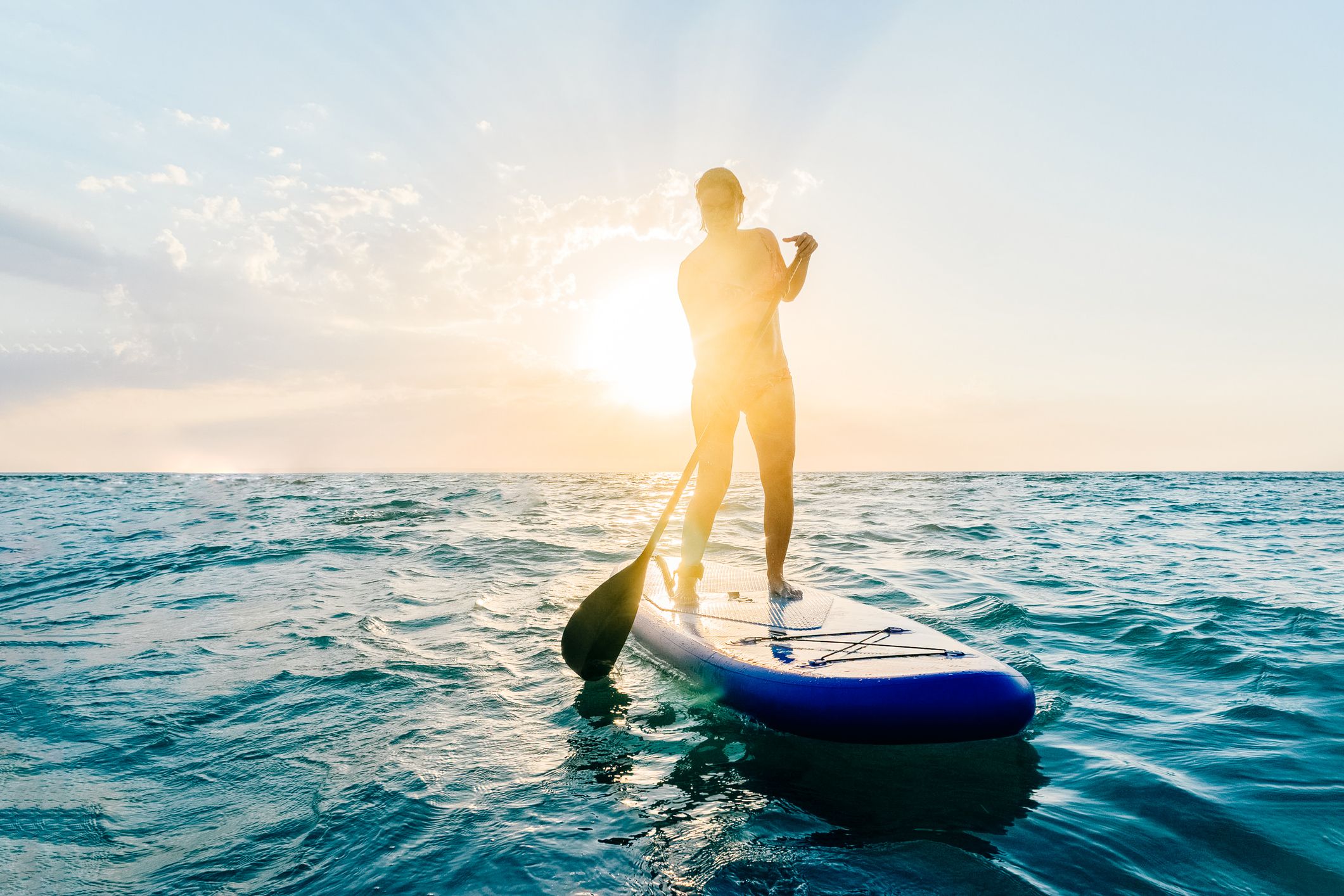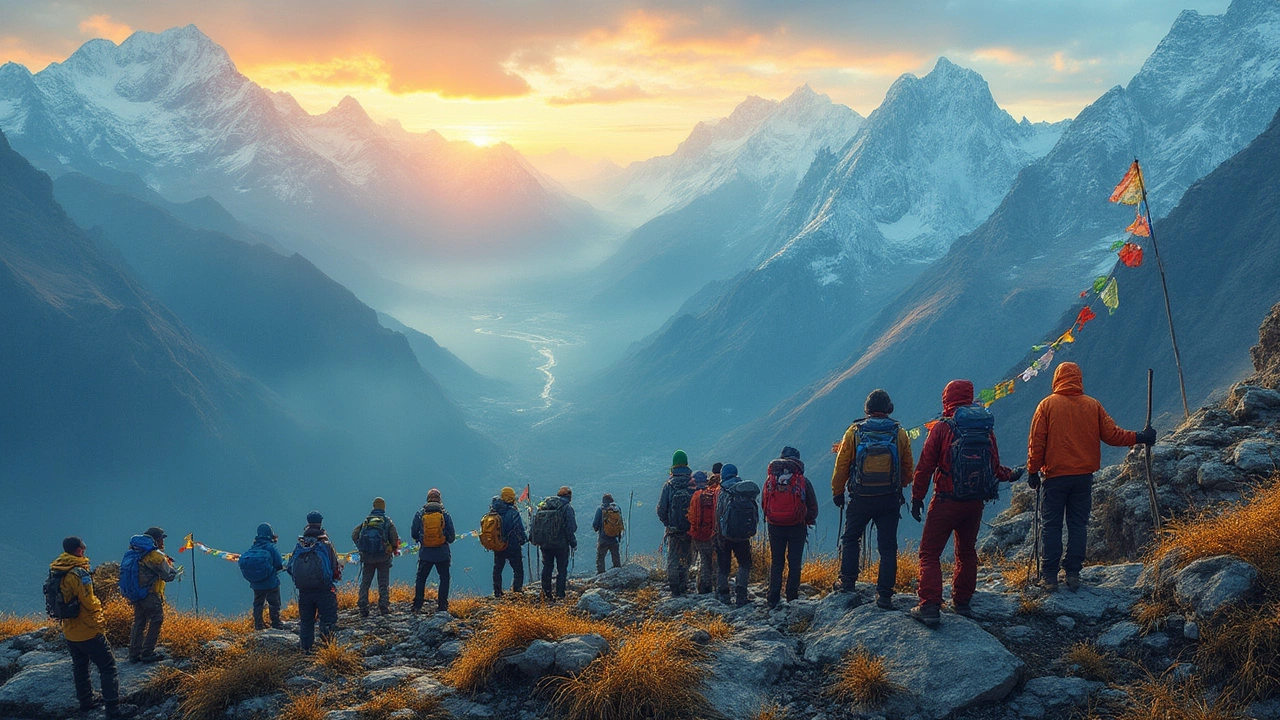
Introduction: The Travel Effect of Major Sports Events
Every few years, cities across the world welcome an influx of fans, athletes, and media for mega sporting events. From the Olympics to the FIFA World Cup, these gatherings don’t just change the sporting landscape — they transform how and where people travel. Sporting events create temporary tourism booms, reshape infrastructure, and influence global travel patterns in lasting ways.
Sports as a Catalyst for Tourism
Large-scale sporting events bring millions of visitors, many of whom combine watching games with exploring the host country.
- Olympics: Tokyo 2020 and Paris 2024 attracted fans who stayed beyond the competitions to explore culture and history.
- FIFA World Cup: In 2018, Russia welcomed over 3 million foreign visitors, many travelling across multiple host cities.
Expanding Destinations Beyond the Host City
Fans rarely stay in one place. Major events often spread matches or competitions across different regions.
- Euro 2020: Matches were hosted in 11 European cities, encouraging multi-city travel itineraries.
- Brazil 2014 World Cup: Tourists visited Rio de Janeiro, São Paulo, and smaller cities like Manaus, boosting nationwide tourism.
Infrastructure That Shapes Future Travel
Sporting events justify massive infrastructure projects that benefit tourism long after the final whistle.
- Transport: New airports, train lines, and roads improve accessibility.
- Hotels: Expanded accommodation capacity supports future tourism.
- Digital Systems: Smart ticketing and cashless payments enhance visitor experience.
Barcelona’s 1992 Olympics turned the city into a permanent global tourism hub — a blueprint many host cities aim to replicate.
The Rise of Niche and Emerging Sports Travel
It’s not only mega-events making an impact.
- eSports: Gaming tournaments now draw international travellers.
- Marathons: Races in cities like New York, Berlin, and Tokyo attract runners from around the world.
- Adventure Sports: Surfing competitions and climbing championships bring visitors to smaller coastal and mountain towns.
Challenges of Sports-Driven Travel
Despite the benefits, these events can disrupt local communities:
- Overcrowding in public transport and attractions.
- Short-term price spikes in hotels and restaurants.
- Risk of “white elephant” stadiums left unused after events.
Balancing tourism growth with long-term sustainability remains a key challenge.
Final Thoughts: A Changing Game for Tourism
Global sporting events are powerful drivers of travel, inspiring fans to cross borders and explore new cultures. They reshape infrastructure, diversify destinations, and leave lasting legacies for host countries. For travellers, they’re not just about cheering from the stands — they’re opportunities to experience the world in motion.



